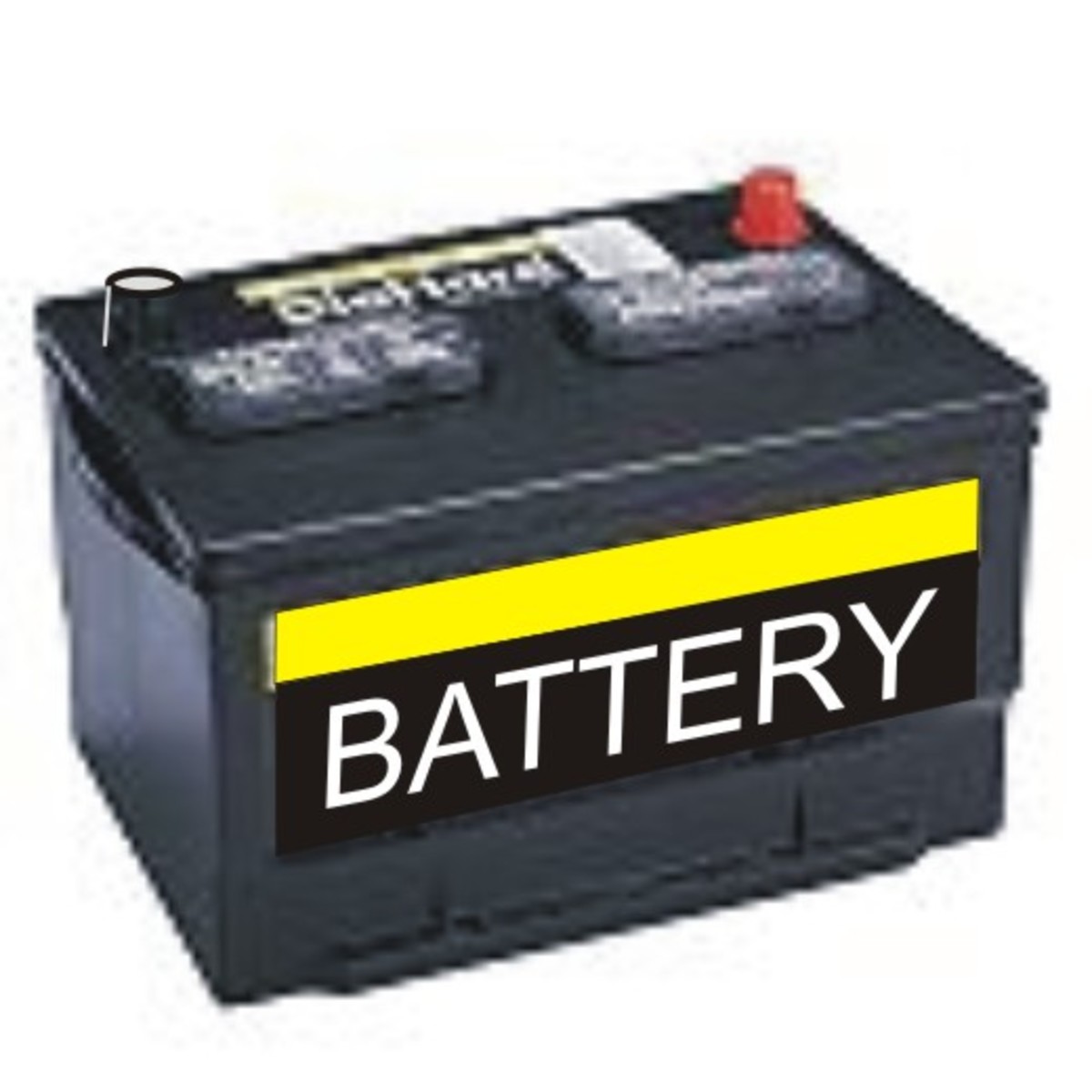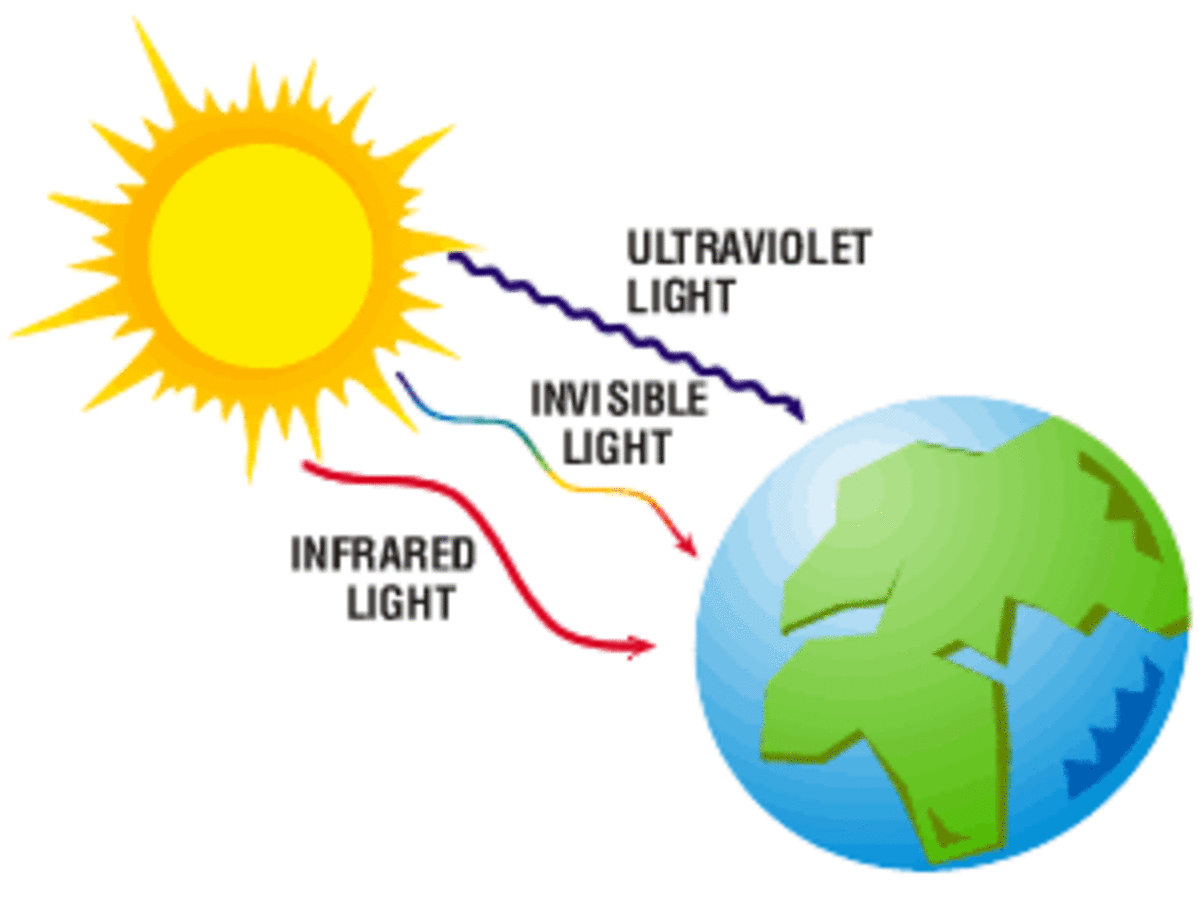Diode Applications: Rectifiers (full-wave and half-wave)
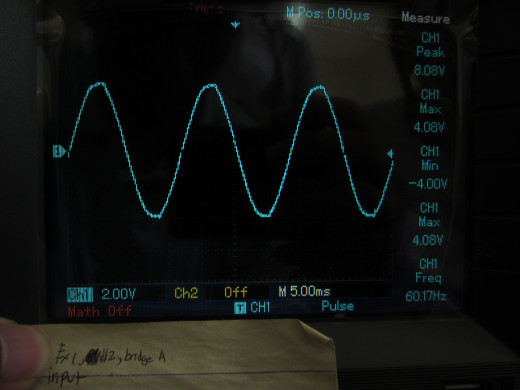
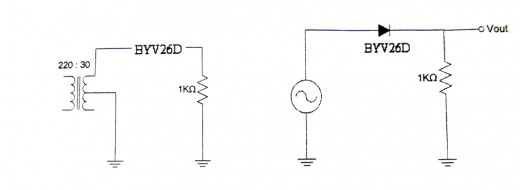
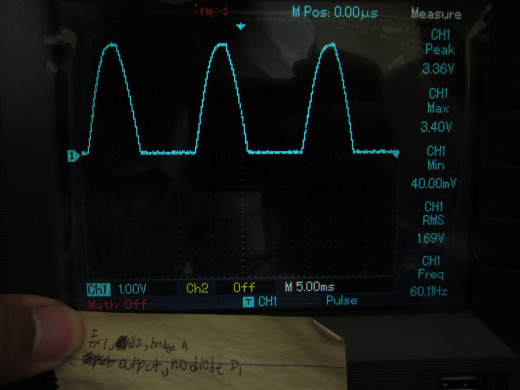
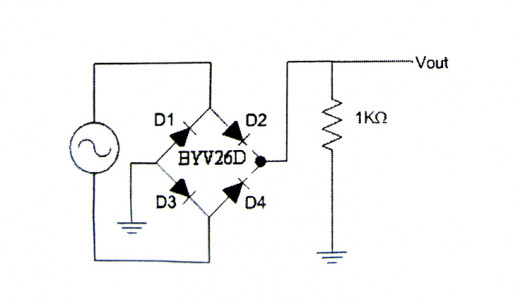
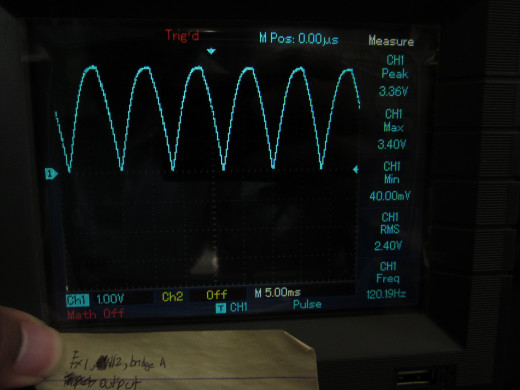
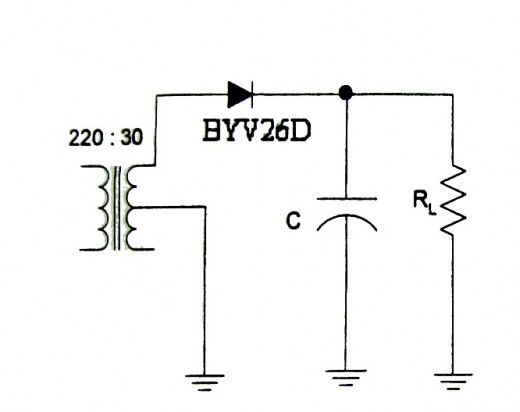
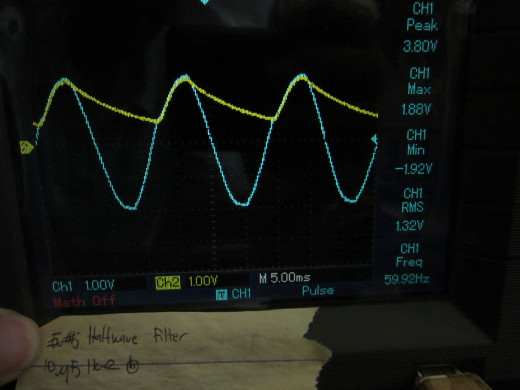
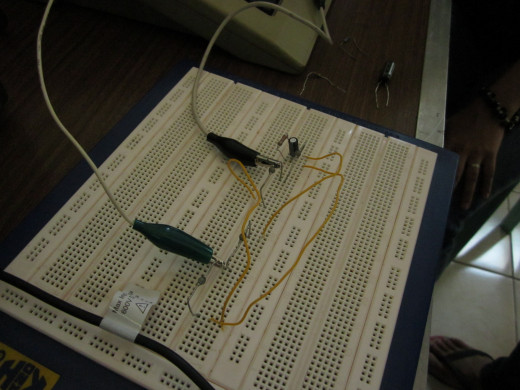
Diodes as Clampers
Clampers or clamping is another application of a diode. They clamp or move signals along the y-axis, i.e. they change the peaks and valleys of the signal. Learn how diodes can be used as clampers in this article.
Definition and Types of Rectifiers
A rectifier is an application of a diode that “rectifies” or in other words, restricts current to flow only in one direction. A rectifier is usually used on circuits that have alternating current, sinusoidal signals or any source whose output is a waveform. Rectification is the process of converting Alternating current to Direct Current. Rectifiers are composed of one or more diodes placed to allow current to flow only in a desired region. The Diode is the simplest of all electronic components. It is composed of a p-type and an n-type material. This makes the diode allow current through in one direction and restrict the flow in the other. Rectifiers also have types. There are the Half-wave rectifiers, the Full-wave bridge type rectifier (FWBT), and the Full-wave center tapped rectifier (FWCT).
Half Wave Rectifier. A half wave rectifier is a type of diode configuration where current is allowed to flow in one direction and the other is stopped. A half-wave rectifier only uses one diode to rectify a signal. Since the other half of the signal causing a reverse bias condition on the diode is restricted from flowing, the output waveform of this type of rectifier is only half. The output signal will look like flats and half-sinusoids.
Full-Wave Bridge Type Rectifier (FWBT). A full-wave bridge type rectifier of FWBT rectifier uses four rectifiers to transform an alternating current signal to direct current. A full-wave bridge type rectifier does not restrict signals unlike a half-wave rectifier. Instead it transforms the negative input signal to a positive signal. The FWBT rectifier does this by using diodes “pointing” in opposite direction and placing the load in the middle of the four diodes. The result is that the current passing through the load is only flowing in one direction. However, the current through the load is not a flat-line DC signal. It is a sinusoid where the negative side is flipped along the x-axis.
Full-Wave Center Tapped Rectifier (FWCT). A full-wave center tapped rectifier has a resultant output waveform just like a full-wave bridge type rectifier. The input side is however, different. A FWCT rectifier uses a transformer’s coil that is tapped in the center of the output side. The tapping at the center halves the voltage of the transformer’s output but allows the use of this diode configuration. The center tap is connected to the ground or to the load and the other two terminals from the transformer has a diode pointing in the same direction. The load should always be connected along the center line so that the current through it will only flow in one direction.
The rectification capabilities of the diode configurations above can only flip signals along the x-axis. It cannot create a constant DC signal. To be able to rectify an alternating current signal to a flat-line DC signal, a capacitor is used in the circuit. It prevents a drop in voltages because it is capable of storing energy and thus, it can flatten an output rectified signal. The level of flattening is determined by the time constant RC.





